“People accuse us of being the concours ‘police’,” Chief Judge Nigel Matthews told the assembled room of 2022 Salon Privé entrants. “Nothing could be further from the truth. We won’t deduct points for radial tyres, electric cooling fans and the like. We want to see cars that remain usable.”
The concours world has changed a lot over the years. At Salon Privé, you won’t find one of the 29 concours and 13 honorary judges (including 12 regular and long-time Pebble Beach judges) marking down cars for not having screw heads aligned or for finding a piece of stray grass in a tyre tread. Thanks to the International Chief Judge Advisory Group (ICJAG), of which Hagerty Global Brand Ambassador Matthews is Chair and a founding member, there’s now a very sensible and very formal method by which concours cars are assessed.

That’s not to say that the vehicles shouldn’t be immaculately presented and as close to original as possible. This year, I was very fortunate to be invited to judge two classes at Salon Privé, covering cars as diverse as a Jaguar D-Type and a Lamborghini Gallardo.
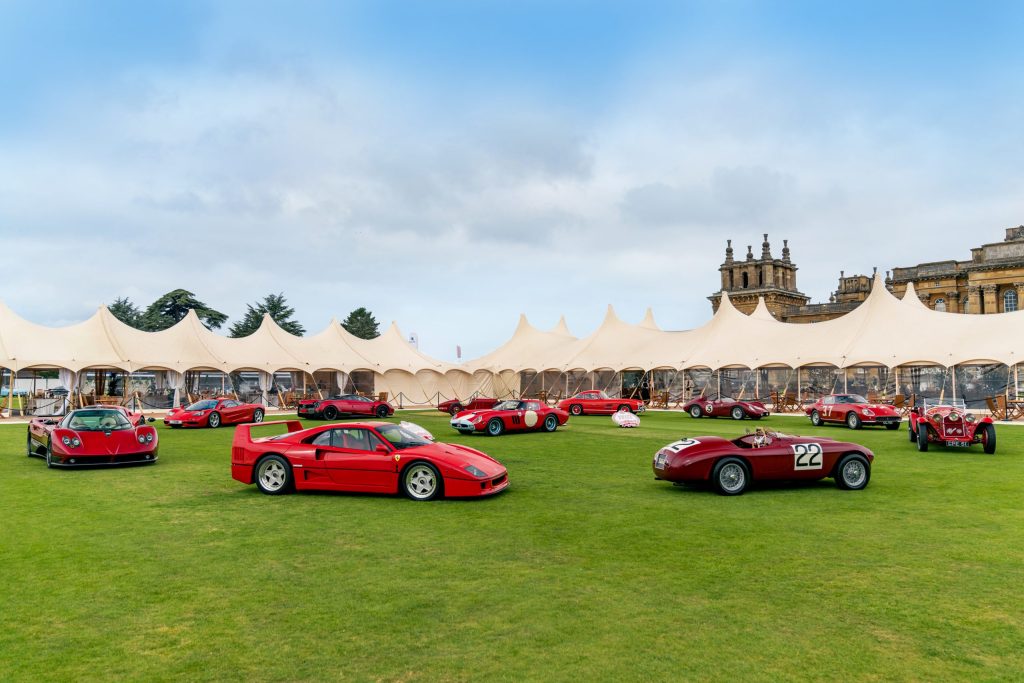
For each vehicle I, along with my fellow judging team of James Wood, racing driver, and Mark Moskowitz, a retired surgeon turned motoring writer, spent a great deal of time inspecting and then recording everything we found. Some of these observations – coloured anodised bolts, greasy engine bays and the modern (more than a decade after the car was built) replacement of body panels attracted a number of points deducted from the 100 that each car starts with. The deductions – from ½ point right up to 5 for a very serious modification – are clearly listed in ICJAG guidance. Others are just comments, showing that the judges have noted something, but have not deducted any points, such as in the case of a feature that may-or-many not have been original, and there’s no evidence either way.
This process may seem laborious, but it is really important. It not only standardises judging across each of the many classes in the show, but also provides a clear record of the judges’ thought process in how they awarded a winner. With a cup from a world-class concours such as Salon Privé potentially adding significant value to a car, it is right that this is a very serious business.
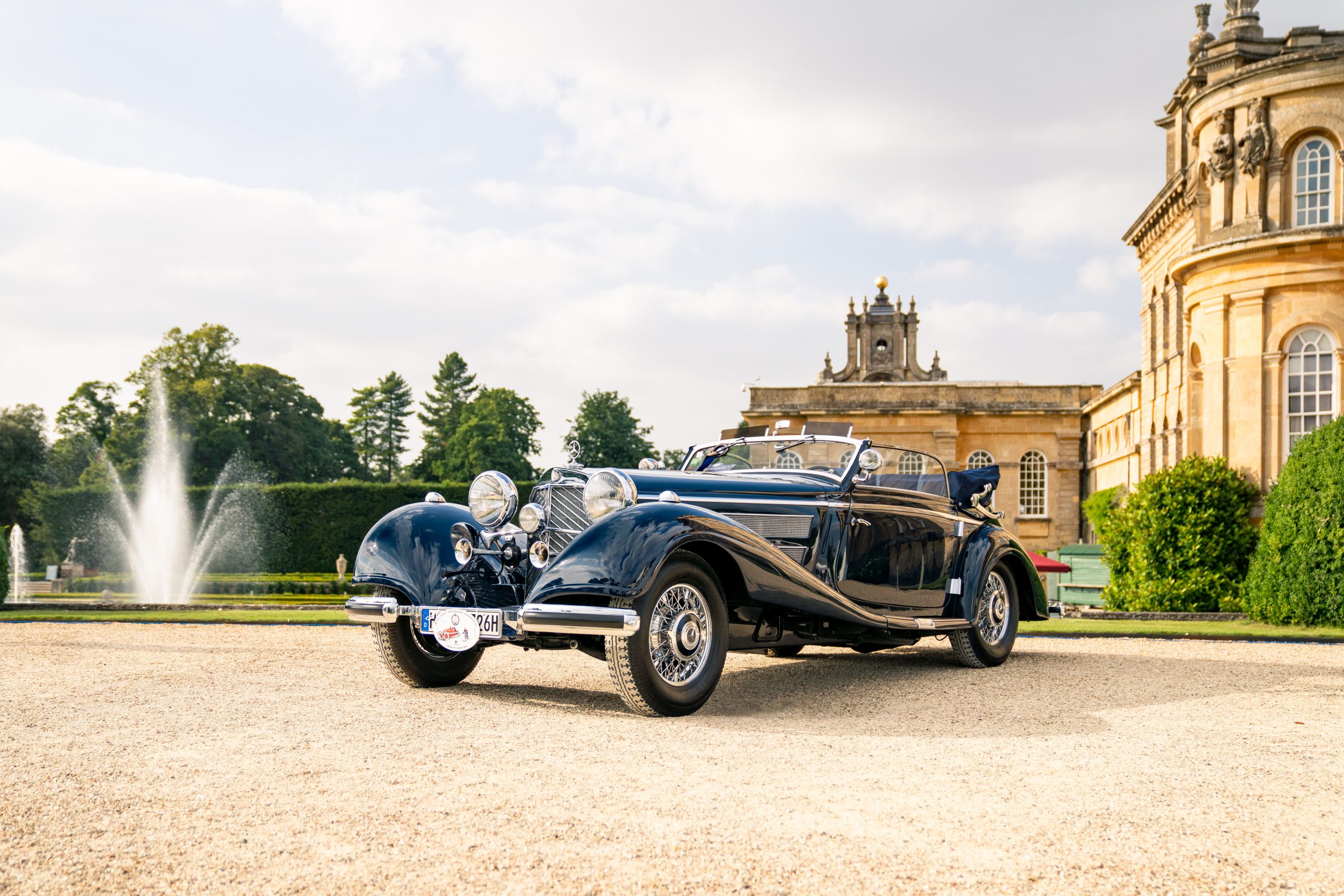
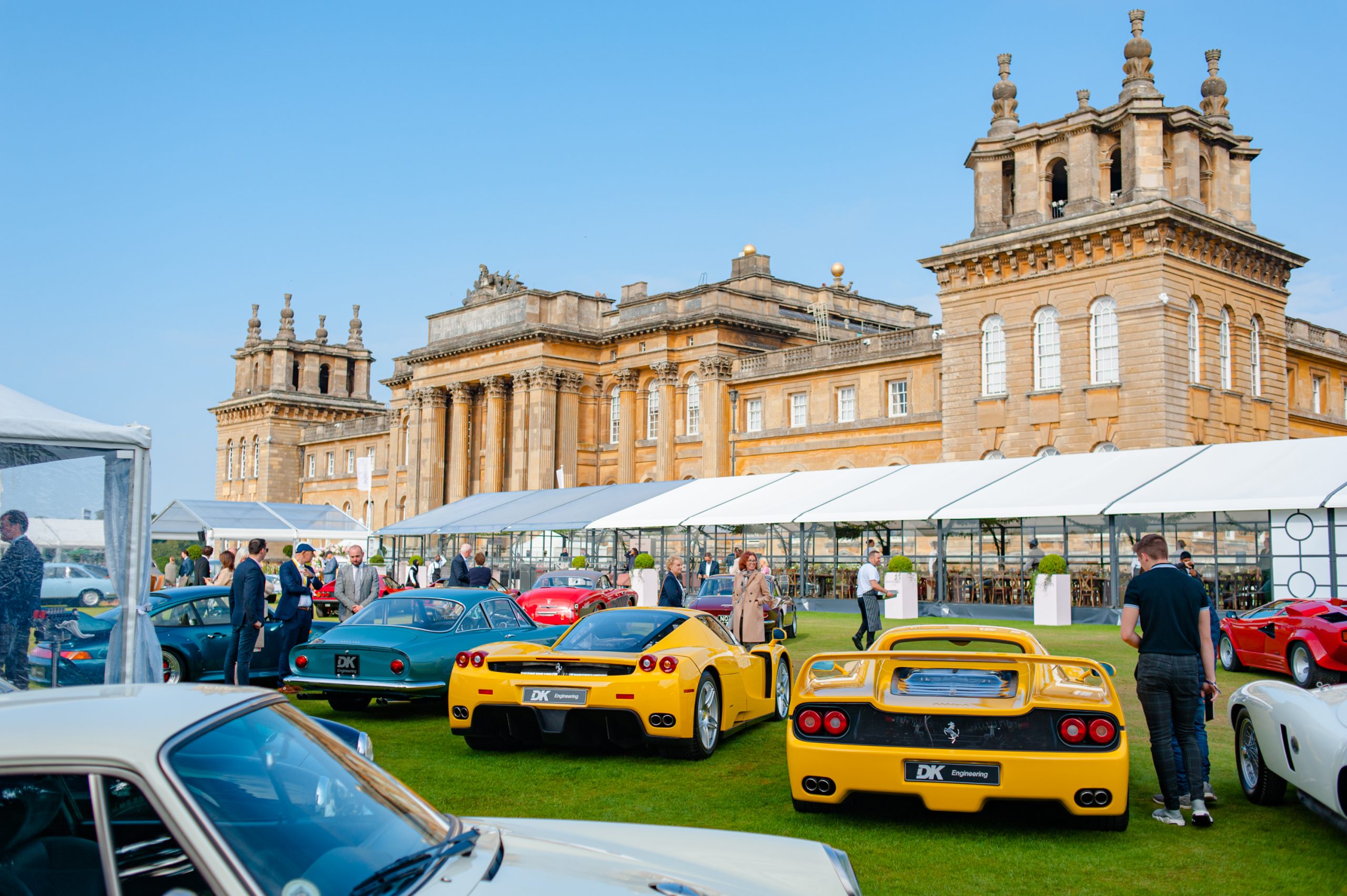
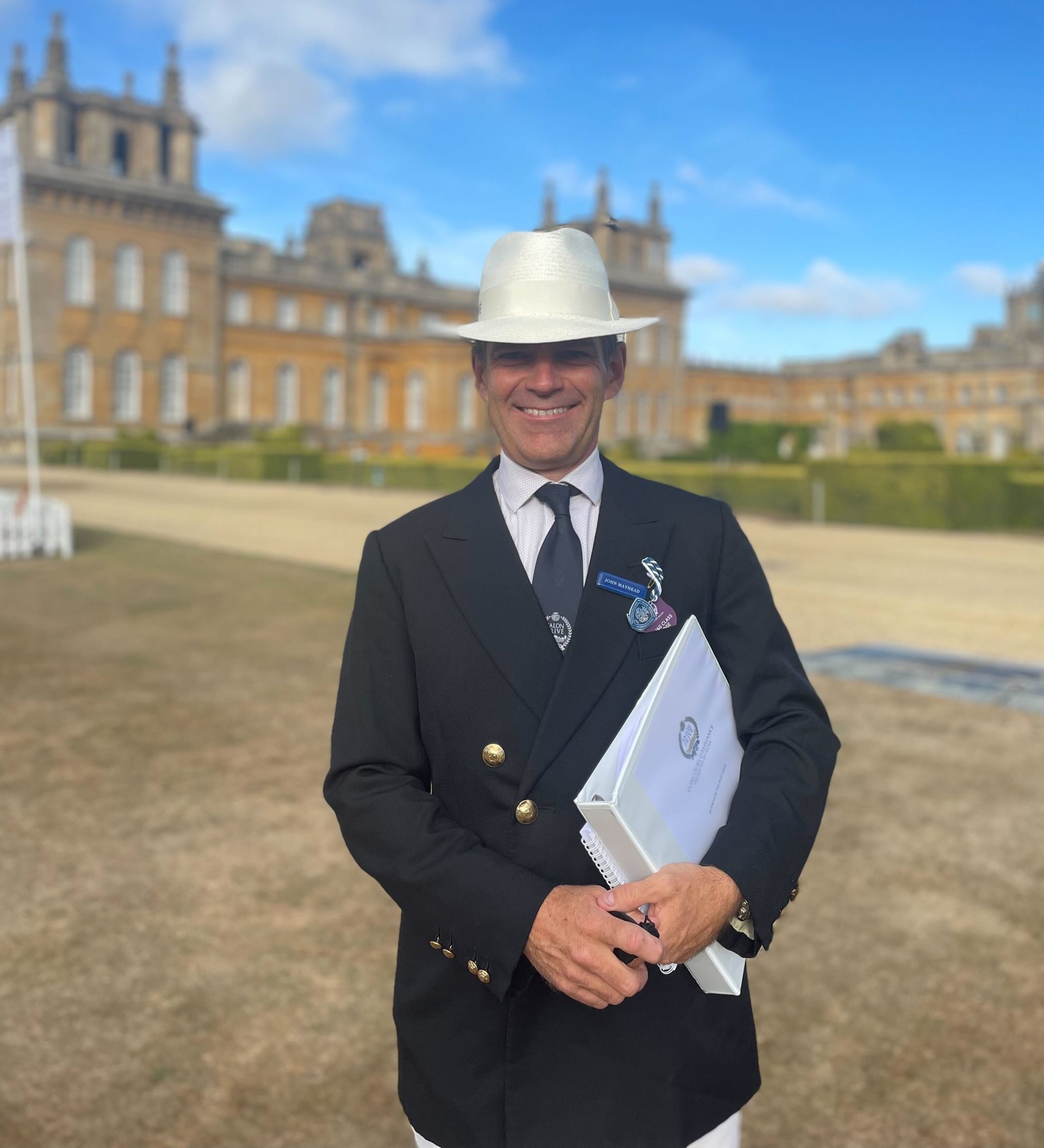
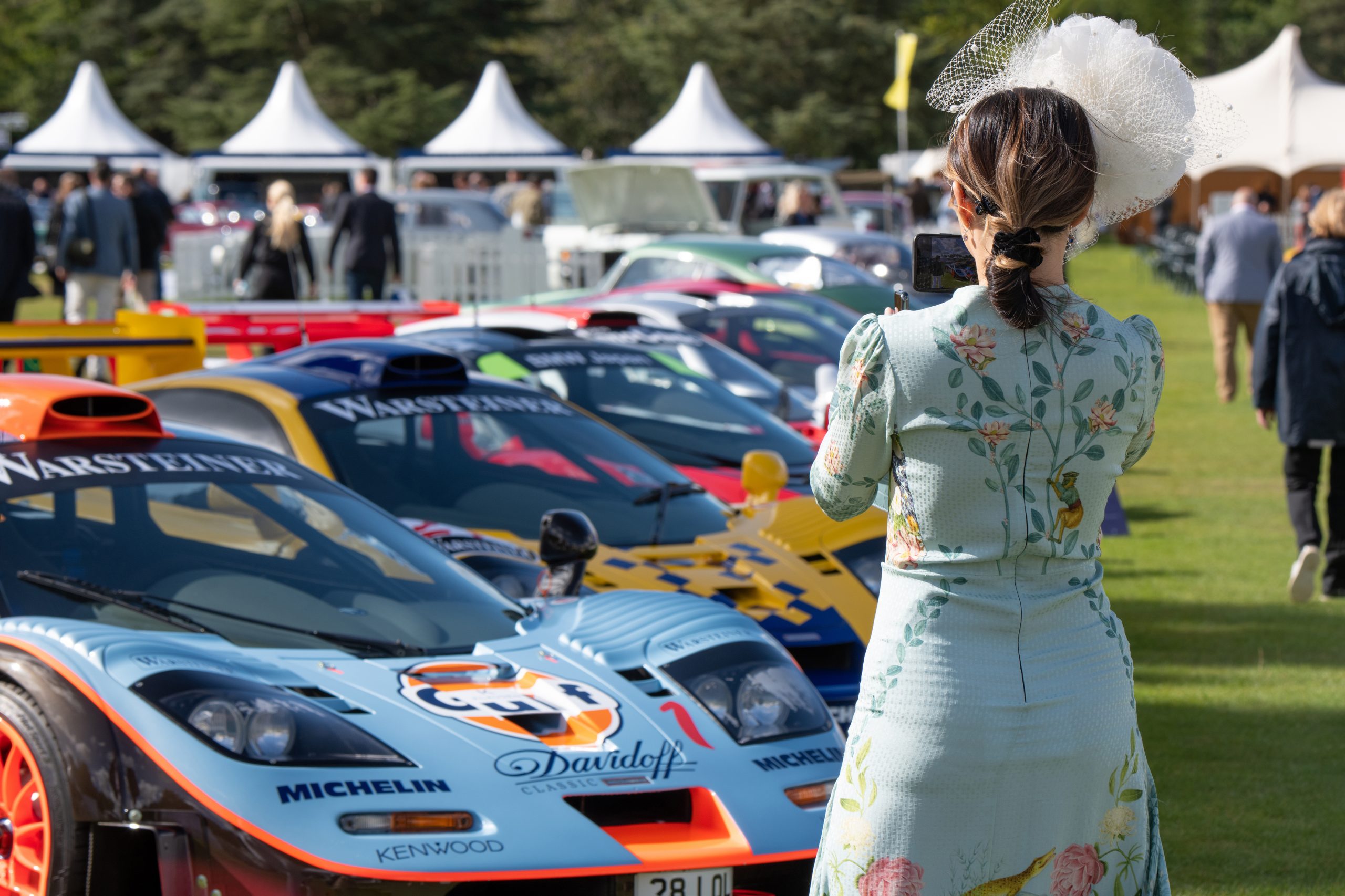
But there’s also a very human element to the judging. At the end of the scripted assessment, there’s an opportunity to add back a few points at the judges’ discretion, reflecting any extraordinary provenance. Cars that took part in famous races in period, had been owned from new by the same family or extensively restored by the owner themselves all gained appropriate recognition.
Once the judging has taken place, each of the teams retire back to a quiet room where they compare notes, and compare their scores. They discuss and agree a final set of scores across the team, the car with the most points winning the Best in Class rosette, the second-placed car also receiving recognition. The entire group of judges then reconvenes to discuss other prizes: at Salon Privé these include Most Exceptional Coachwork, Most Opulent and Most Iconic car. Finally, each judge is given a small card with three places: their votes for ‘Best in Show’. Once all cards have been collected, the Chief Judges from each team meet together to assess the votes. In the event of a tie, whether the car took place in the 150-mile tour on the day before the concours may be taken into account; after all, we want the cars to be used.
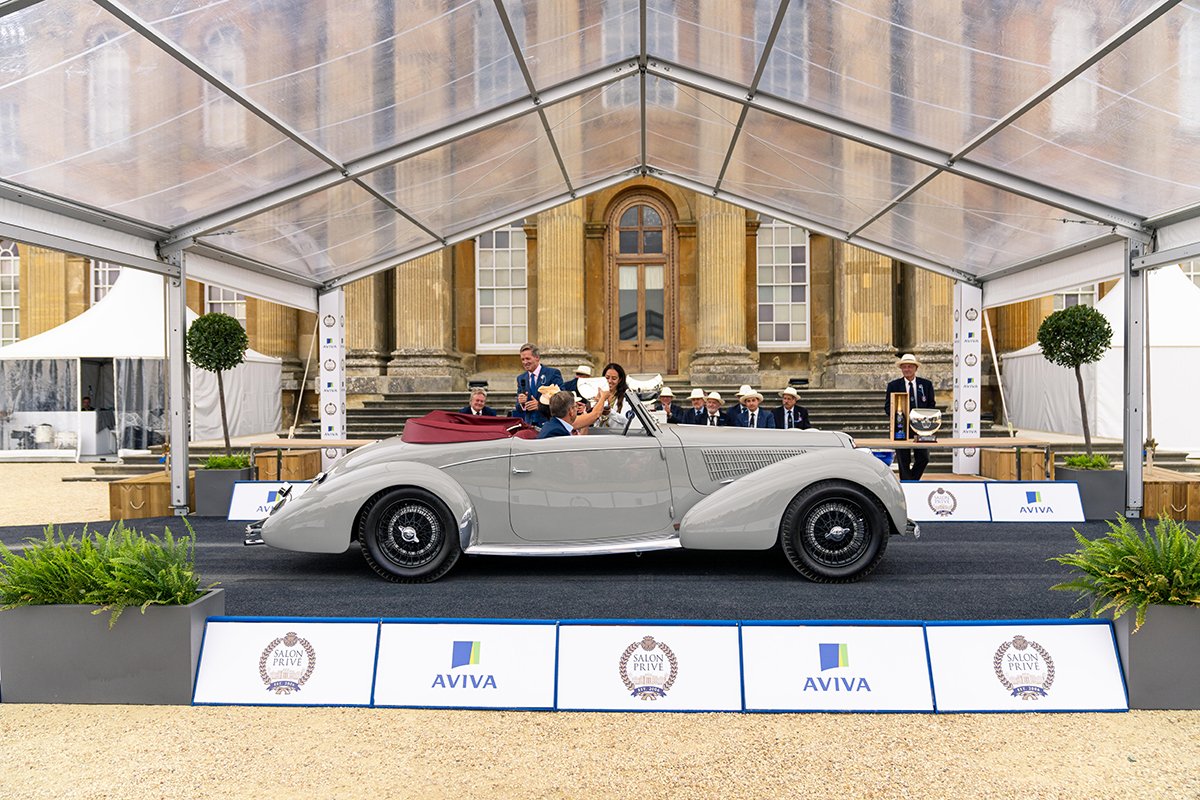
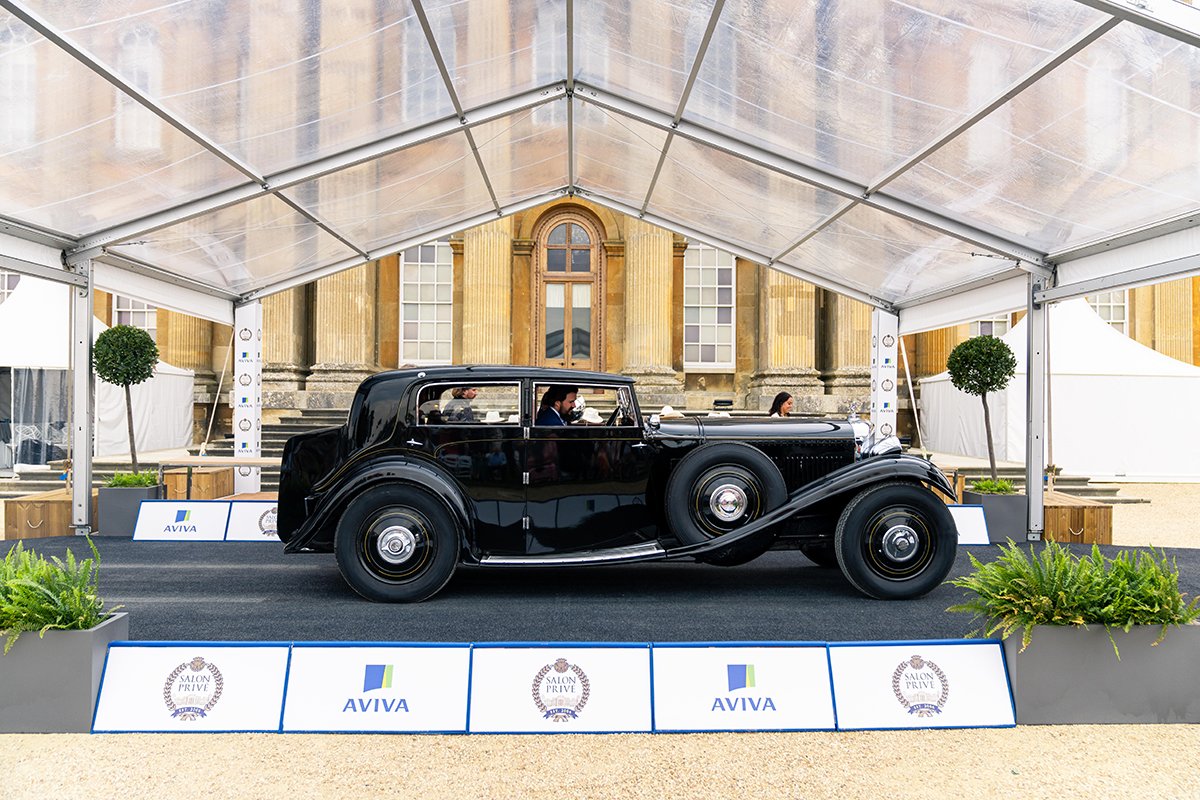
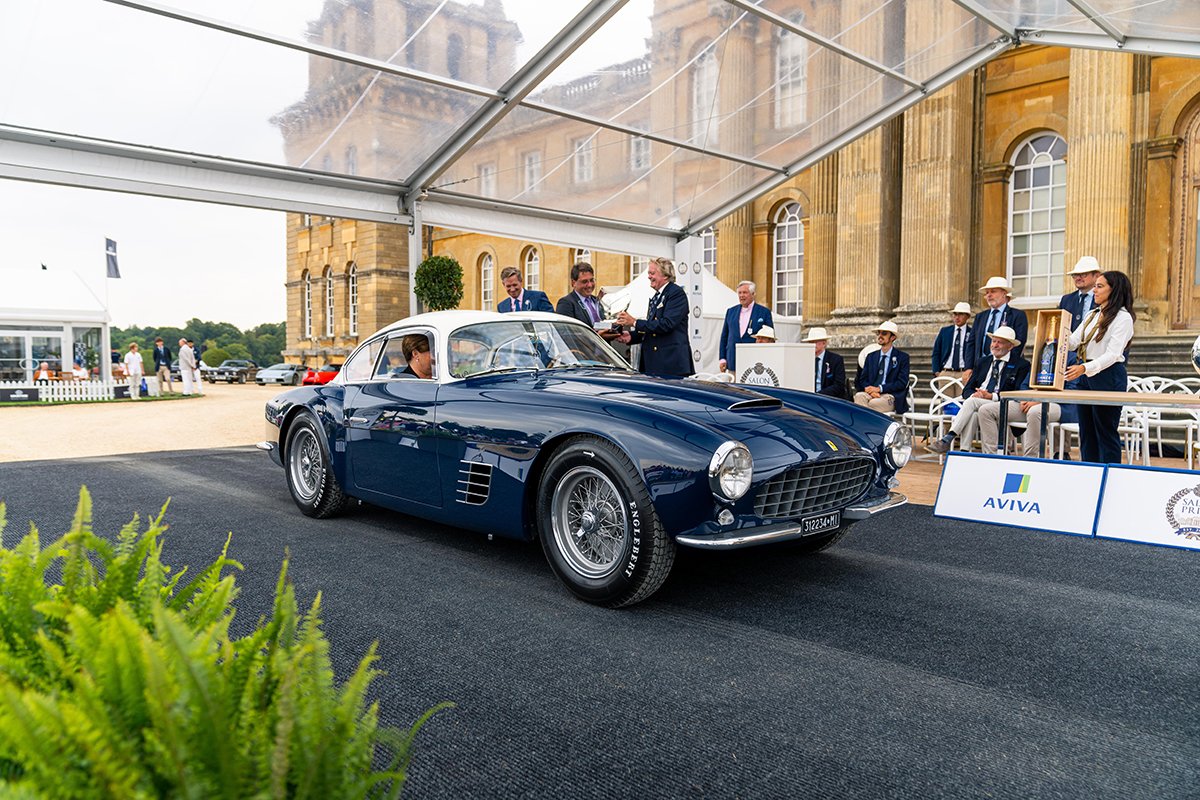
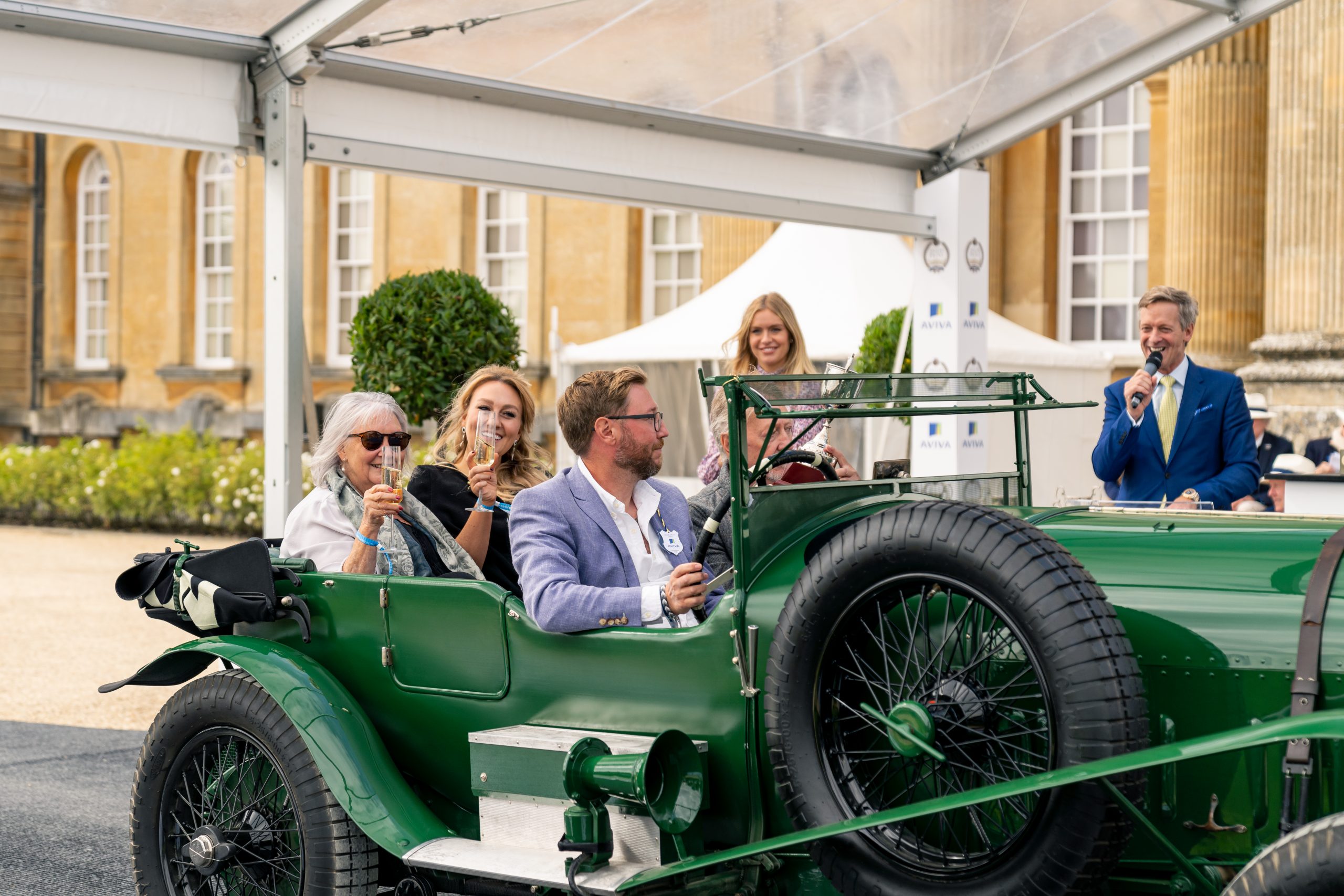
The announcement of the prize winners is an extraordinary moment. In turn, every entrant drives their car up on to the main stage. As a judge, I had the great honour of being present on that stage, perfectly positioned to see both the wonderful cars and the way the crowd received them. It was reassuring to experience the enthusiasm the spectators had for these wonderful cars.
For the classes I was involved in judging, the winners were a wonderful 1954 HWM racer, the only one fitted with a Cadillac engine from new at the request of the first racing driver owner. With period racing history both in Europe and New Zealand and the subject of a comprehensive recent restoration by the current owner, it was a great winner of the Sports Racers category. For post-1990 Supercar Icons, a very rare and beautifully presented 2005 Maserati MC12 took the win, narrowly beating a very special Ferrari Enzo, complete with 2004 Ferrari F1 team signatures (including Schumacher, Barrichello and di Montezemolo).
The grand prizes at Salon Privé are the Churchill Cup for Most Exceptional Design and Best of Show. The Churchill Cup was claimed by a 1933 Rolls-Royce Phantom II Continental Sports Coupé by Freestone & Webb. Built as a car ‘for use in the UK and Continent, mainly fast touring’, chassis 42PY is distinguished by its long bonnet-line and cycle-style ‘helmet’ fenders, with no traditional running boards, giving it a low and rakish appearance.
Best of Show is always so difficult to predict, given the calibre of the cars at such a concours, but in the end it went to the 250 GT TdF, one of just five Ferrari 250 GT long-wheelbase chassis cars designed by Zagato.
Chassis 0515GT was originally built for one of Ferrari’s best customers, Vladimiro Galluzzi. Galluzzi raced the car extensively during the 1956 season, before selling it to racing driver Luigi Taramazzo. It was eventually retired from racing at the end of 1958. The V12-powered lightweight model has an elegant coachbuilt body with Zagato’s trademark double-bubble roof, and is now owned by David and Ginny Sydorick.
Chairman of Salon Privé, Andrew Bagley, felt the Ferrari was an apt victor. “Once again, Salon Privé has attracted the cream of the crop for its Concours d’Elégance, with some truly exceptional motor cars presented for judging. As we mark Ferrari’s 75th anniversary, it’s extra special that our overall winner should be a Maranello product, and one that took our collective breaths away: David and Ginny Sydorick’s 250 GT TdF perfectly embodied the style and emotion behind the Ferrari brand, and was impeccably presented, too, as were all our trophy winners.”
Read more
Mixing it with automotive royalty at the 2022 Tour Privé
6 British classics that pulled ahead at America’s biggest auctions
The One That Got Away: Former racing driver Peter Sutcliffe’s Ferrari 250 GTO










